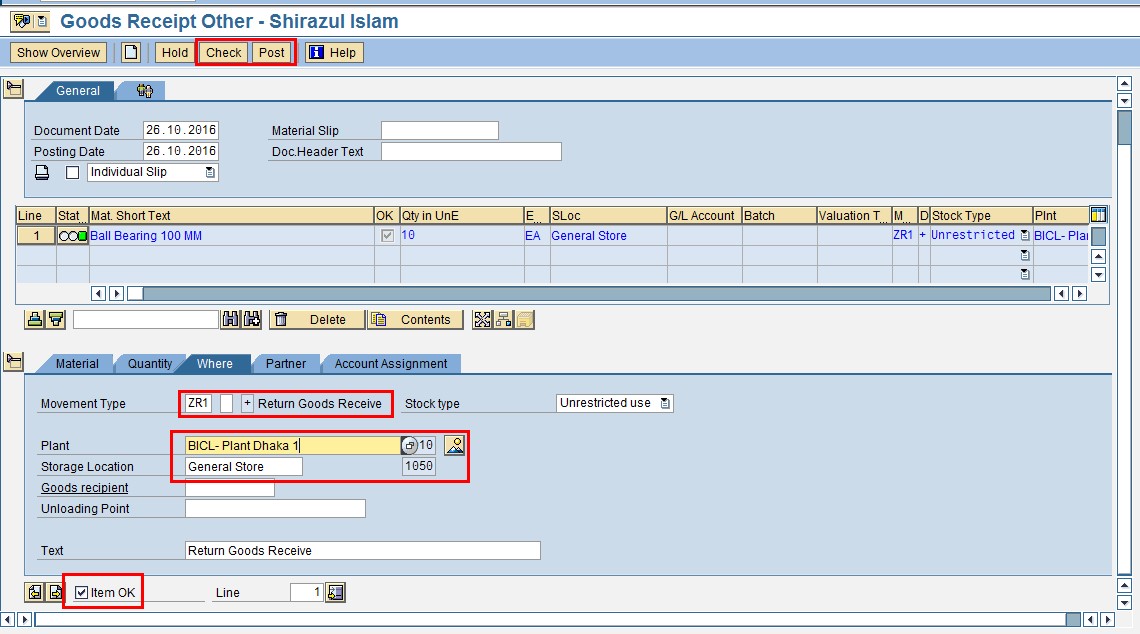
SAP allows us to use different G/L accounts for the various movements for the same material by linking this movement type to a transaction key and hence we can set G/L accounts as per movement type.
Initial upload of stock – movement type 561. Goods delivered to the customer – movement type 601. Goods issue to production order – movement type 261. Material movements in MM is done with respect to a Movement Type. Tax determination: In case of a tax determination, there is a direct link between SD and MM. Basically, SAP note 214381 can be tailored for certain movement types but in case of SAP note 324688 it will post price differences in case of business. created in SD and hence this is link between SD and FI. If you have implemented SAP note 214381 for a certain movement type (for example movement type 122), the corresponding document posted with that movement type is transferred to CO-PA. The accounts posting in FI is done with reference to the billing documents like credit and debit note, invoice etc. This movement is configured in MM and movement of goods hit some G/L account in FI.Įvery such movement of goods hits General Ledger account in FI. 
In case of standard sales order, you create an outbound goods delivery to the customer. Whenever there is a delivery created with reference to a sales order, goods movement takes place in the system. Cost centers and profit centers are usually associated with planning and control in a. If a division of a company has responsibility for revenues, costs, and the resulting profits, it is a profit center. SAP FI Integration with other modules means how the system maps with different modules and how the effect of those is passed into FI Module. A profit center is a subunit of a company that is responsible for revenues and costs. SAP FI is commonly integrated with MM and SD component.





 0 kommentar(er)
0 kommentar(er)
